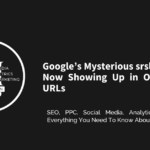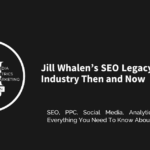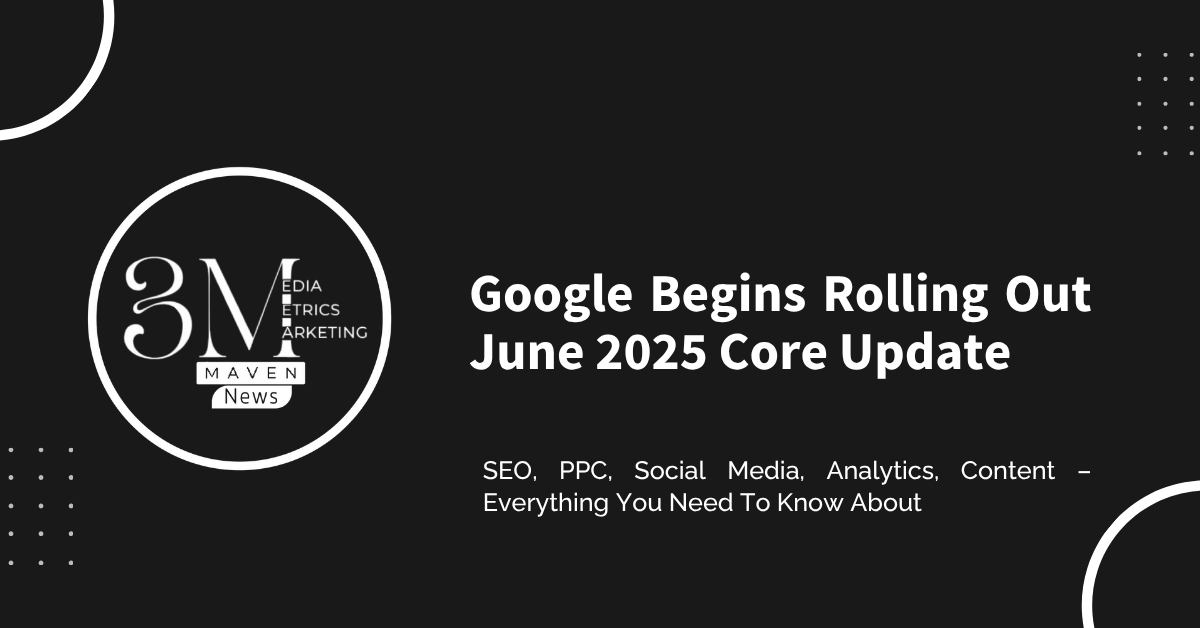Referral traffic is often seen as a sign of success—proof that your brand is being recognized and shared by others. However, Mordy Oberstein, a respected figure in search marketing, has made the bold claim that referral traffic may actually be harmful to long-term brand growth. His argument? Over-reliance on referrals creates vulnerabilities that can undermine a brand’s sustainability.
The Hidden Risks of Referral Traffic
Oberstein argues that relying on referral traffic puts brands at risk in two key ways:
- Dependence on External Sites : Your traffic flow depends on other websites continuing to feature your brand. If they remove links or stop promoting you, your traffic can plummet.
- Google’s Role in Visibility : Even if a site does link to you, it still relies on Google ranking that site highly enough to send visitors your way. If Google changes its algorithm or deems the source less relevant, your referral traffic could dry up overnight.
This dual dependency makes referral traffic an unstable foundation for long-term growth. As a brand matures, Oberstein suggests it should gradually reduce this reliance and focus on becoming a destination in its own right.
Building a Destination Brand
The ultimate goal for any mature brand should be to become synonymous with a specific niche or topic. When people think of a particular product, service, or idea, your brand should be the first that comes to mind. This kind of recognition not only builds loyalty but also sends powerful signals to Google about your authority and relevance.
To achieve this, creative and consistent promotion is essential—both online and offline. Whether it’s giving away branded merchandise, running annual giveaways, or engaging audiences through events and social media, these efforts help build a fan base rather than just a customer base.
Debunking the Myth of “Brand Authority”
Some SEO professionals talk about “Brand Authority” as if it’s a real metric that influences rankings. But in reality, it’s more of a myth than a measurable factor. Originally tied to PageRank, where large brands ranked well due to high-quality backlinks, the concept evolved as Google shifted toward user-centric signals like Navboost—essentially measuring how users feel about a website.
In short, what matters most isn’t some abstract notion of brand authority—it’s how customers perceive and interact with your brand. As branding expert Marty Neumeier explains, a brand is not what a company says it is—it’s what customers believe it to be. True brand strength comes from emotional connections, customer loyalty, and shared meaning.
Final Thoughts: Referral Traffic as a Stepping Stone
Oberstein doesn’t dismiss referral traffic entirely—it serves an important purpose in the early stages of brand development. It can act as a stepping stone, helping new brands gain visibility and credibility. But as a brand grows, it must transition from being a follower to becoming a leader—a destination that people seek out directly.
Staying relevant is also key. With changing consumer behaviors, evolving technologies, and shifting generational values, brands must continuously engage audiences in meaningful ways. Doing so not only builds lasting relationships but also strengthens SEO performance through authentic user signals.
Ultimately, Oberstein’s message is clear: To thrive in the long run, brands must shift from depending on others to driving their own narrative.









